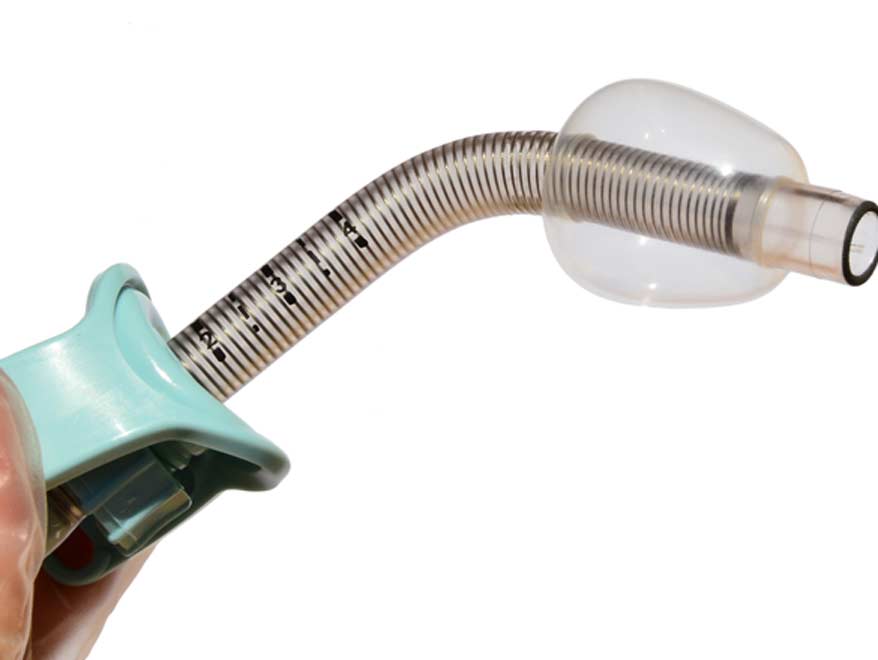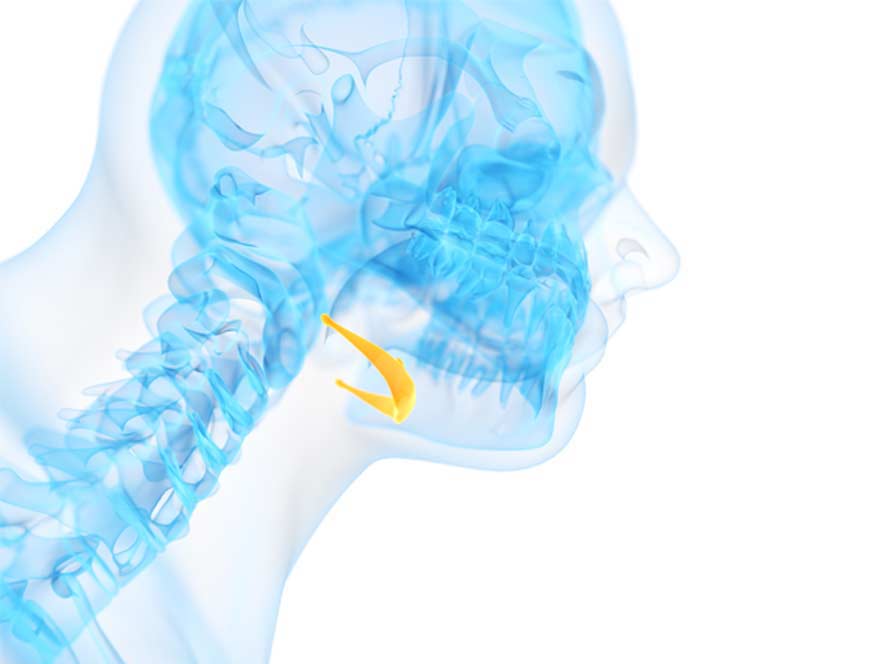
There are many different types of surgery for sleep apnea and snoring.
The goal of sleep apnea surgery is to help improve the severity of sleep apnea and in some instances completely eliminate it. The surgical treatment of sleep apnea is a multi-step process that usually involves more than one procedure. Some individuals may be required to continue using CPAP, even when surgery is successful.
Who is a Candidate?
Of note, CPAP is the first line treatment for sleep apnea. A customized oral appliance is an alternative treatment option for people with mild to moderate sleep apnea. Sleep apnea surgery is typically performed in individuals that have completed a trial of CPAP for several weeks and have not been able to tolerate it.
Different Sleep Apnea Surgery Procedures
Palate Implants:
Palatal implants may be effective in select individuals with snoring or mild sleep apnea. Small semi-rigid rods are inserted into the soft palate in a minimally invasive fashion to support the palatal soft tissues and prevent airway collapse, a common cause of snoring and sleep apnea.
Radiofrequency Volumetric Tissue Reduction (RFVTR) / Somnoplasty:
RFVTR is a minimally invasive treatment option for individuals with mild to moderate sleep apnea. It uses heat to shrink and tighten the tissues in and surrounding the throat, such as the soft palate, tonsils. and tongue.
Septoplasty and Turbinate Reduction:
Opening the nasal passages with septoplasty and turbinate reduction may improve air flow and eliminate a common source of upper airway resistance. The septum is the midline nasal structure that separates the nasal passages. Septoplasty is the surgical correction of a significantly off-center, warped or crooked septum. Turbinates are mucosa covered structures in the nose that humidify, warm, and filter air coming through the nose. Turbinates can become enlarged most commonly from environmental allergens, and obstruct the nasal airway. Surgery can be performed to reduce the size of the turbinates as well. Optimizing the nasal airway improves daytime and nighttime breathing through the nose. It may also assist with improved use of the CPAP machine.


Uvulopalatopharyngoplasty (UPPP):
UPPP is the most common type of surgery for sleep apnea and involves the excision and repositioning of excess tissue in the pharynx to create a wider airway. Specifically, your surgeon reduces part of the soft palate and the uvula, removes the tonsils, and repositions the muscles of the soft palate. UPPP effectively reduces snoring, but only about 40% of individuals undergoing this surgery have significant improvement in or resolution of their sleep apnea. UPPP side effects may include voice changes and difficulty with swallowing liquids.
Hypoglossal Nerve Stimulation:
Hypoglossal nerve stimulation is a relatively new surgical approach to address sleep apnea. During sleep, it stimulates the tongue and prevents it from collapsing into the airway. With this surgery, a stimulating electrode is surgically positioned near the hypoglossal nerve which causes the tongue to move forward upon activation. This prevents the tongue from collapsing and obstructing the upper airway.
Genioglossus Advancement:
Genioglossus advancement involves making a cut in the lower jaw and the boney attachment site of the tongue to moved forward. This mobilizes the tongue forward, enhancing the area for breathing behind the tongue. This helps prevent the tongue from falling back into the throat during sleep.
Hyoid Suspension:
Hyoid suspension, involves surgically securing the hyoid bone, a U-shaped bone in the neck, in a more forward position. This enhances the area for breathing in the lower part of the throat by indirectly advancing the position tongue and other structures of the throat.
Midline Glossectomy and Lingualplasty:
These two more aggressive approaches involve the surgical removal of a portion of the back of the tongue. Making the tongue smaller can prevent airway blockage in some people with sleep apnea. These procedures may result in more bleeding and pain.
Maxillomandibular Advancement (MMA):
MMA involves the precise cutting of the upper and lower jaw bones, followed by securing them in a more forward position with metal plates and screws. This is the most effective approach to enhance the breathing area in the entire throat. Individuals who undergo this aggressive surgery have their jaw wired shut for a considerable amount of time with a diet limited to liquids and pureed foods for several weeks after the procedure. MMA is a treatment option for severe sleep apnea.
Tracheostomy:
Tracheostomy is the most effective but also the most radical treatment for sleep apnea. This surgery involves bypassing the upper airway by creating an opening through the neck and trachea. As a result of this procedure, a hollow breathing tube connects the trachea with the outside world, eliminating any obstructive causes of the upper airway. The tube may be occluded during the daytime to allow for normal speech and opened at night to allow for breathing without any obstruction. This is a very rarely used approach and often used as a last resort.
Preparing for Sleep Apnea Surgery
Generally, preparation prior to sleep apnea surgery will depend on the specific surgical approach selected. More invasive management will require more preparation due to the need for general anesthesia.
For all procedures, it is important to stop taking all anti-inflammatory medicines (like aspirin, ibuprofen, naproxen, etc.) two weeks prior to septoplasty.
In addition, stop all herbal supplements and vitamins two weeks prior to surgery. More invasive surgery is performed on an empty stomach, therefore no food or beverages after midnight prior to your procedure.
On the day of surgery, the individual undergoing more invasive surgery will require someone to accompany them to the surgery center and transport them home after surgery.
Some surgeries such as UPPP and MMA will require at least an overnight stay as well. Most individuals require assistance for the first few days after surgery.

Sleep Apnea Surgery Recovery
Generally, recovery from sleep apnea surgery will depend on the specific surgical approach selected. More invasive management (MMA, UPPP) will require more time for recovery and will result in more discomfort. It is also normal to have mild bleeding the first few days depending on the level of invasiveness.
Individuals that undergo less invasive measures typically do not have much downtime, while individuals that undergo more aggressive surgical approaches may require a longer absence from work/school to fully recover. In addition, with more involved surgeries, strenuous physical activity (yoga, running, weightlifting) should be avoided for approximately two to three weeks to reduce the risk of bleeding.
Risks of Sleep Apnea Surgery
Risk of sleep apnea surgery will depend on the specific surgical approach(es) taken to address sleep apnea. Dr. Shamouelian will be glad to create an individually tailored approach for you and discusses the risks and benefits of each approach with you.

